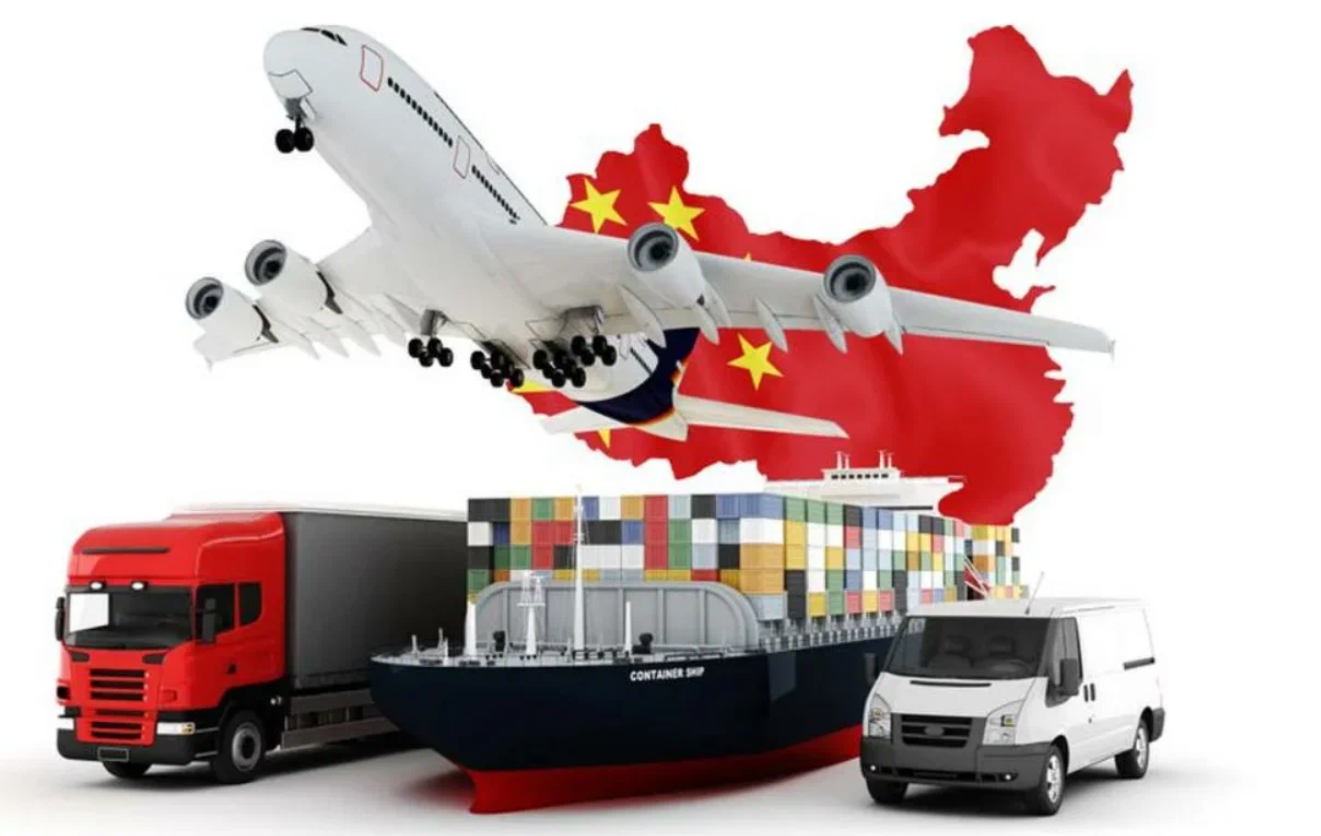The war in Ukraine has forced the West to adjust politically and militarily to the new reality with Russia, but we cannot ignore the opportunities that China now has in the Arctic. The harsh sanctions against Russia have had a severe impact on its banking system, energy sector and access to key technologies. The sanctions effectively cut Russia off from the West and could force them to rely on China to avoid economic collapse. While Beijing can benefit in many ways, the United States cannot ignore the impact of the Northern Sea Route (NSR) on international security.

Located on the Arctic coast of Russia, the NSR can become a major sea route linking Asia and Europe. The NSR saved from 1 to 3,000 miles in the Strait of Malacca and the Suez Canal. The magnitude of these savings is similar to the increase in flights caused by the Ever Given grounding, which disrupted major supply chains and economies on several continents. Currently, Russia can keep the NSR running for about nine months of the year, but they say they aim to achieve year-round traffic by 2024. As the Far North warms, dependence on the NSR and other Arctic routes will only increase. Although Western sanctions now threaten the development of the Northern Sea Route, China is ready to take advantage of this.
China has clear economic and strategic interests in the Arctic. In economic terms, they seek to use the trans-Arctic sea routes and have come up with the Polar Silk Road initiative, specifically outlining their goals to influence the development of the Arctic. Strategically, China seeks to increase its maritime influence as a near-peer power, even claiming to be a “subarctic state” to justify its interests above 66°30′N. In November 2021, China announced plans to build a third icebreaker and other vessels designed to help Russia explore the Arctic, and President Xi Jinping and President Vladimir Putin jointly said they plan to “revitalize” Arctic cooperation in February 2022.
Now that Moscow is weak and desperate, Beijing can take the initiative and use the Russian NSR. While Russia has more than 40 icebreakers, those currently planned or under construction, as well as other critical Arctic infrastructure, could be at risk from Western sanctions. Russia will need more support from China to keep the Northern Sea Route and other national interests. China could then benefit from free access and possibly special privileges to assist in the operation and maintenance of the NSR. It is even possible that a permanently isolated Russia will so value and desperately need an Arctic ally that it will give China a small piece of Arctic territory, thereby facilitating membership in the Arctic Council. The two countries that pose the greatest threat to the rules-based international order will be inseparable in a decisive battle at sea.
To keep up with these realities and counter Russian and Chinese capabilities, the United States must expand its cooperation with our Arctic allies, as well as its own capabilities. Of the eight Arctic countries, five are NATO members, and all but Russia are our allies. The United States and our northern allies must strengthen our commitment and joint presence in the Arctic to prevent Russia and China from becoming leaders in the High North. Second, the United States must further expand its capabilities in the Arctic. While the US Coast Guard has long-term plans for 3 heavy polar patrol ships and 3 medium arctic patrol ships, this figure needs to be increased and production accelerated. The combined high-altitude combat capabilities of the Coast Guard and the US Navy must be expanded. Finally, to drive responsible development in the Arctic, we must prepare and protect our own Arctic waters through research and investment. As the United States and our allies adjust to new global realities, now more than ever we must redefine and strengthen our commitments in the Arctic.
Lieutenant (JG) Nidbala is a 2019 graduate of the United States Coast Guard Academy. After graduation, he served as an officer of the watch with CGC Escanaba (WMEC-907) for two years and is currently serving with CGC Donald Horsley (WPC-1117), home port of San Juan, Puerto Rico.
Post time: Dec-20-2022